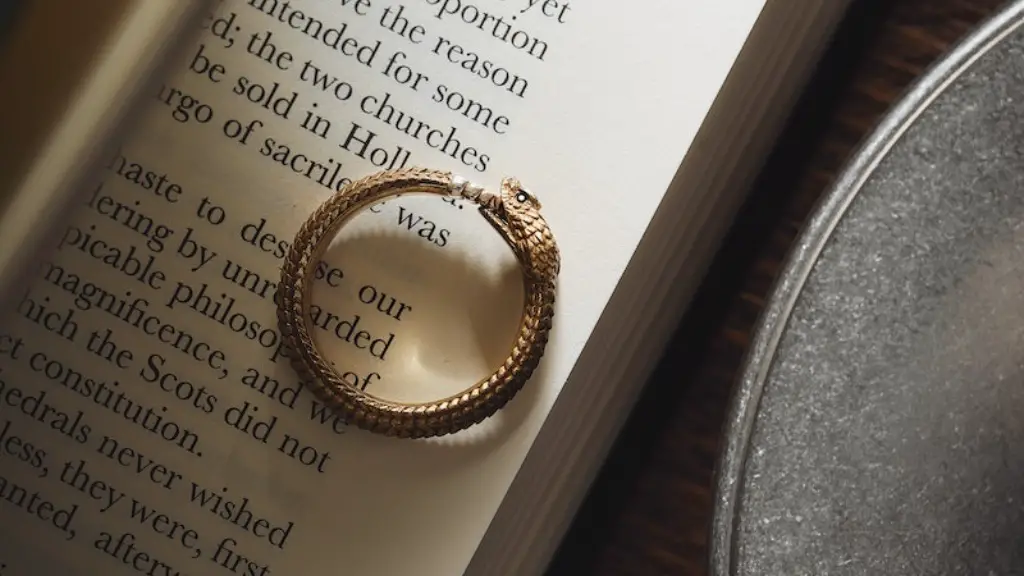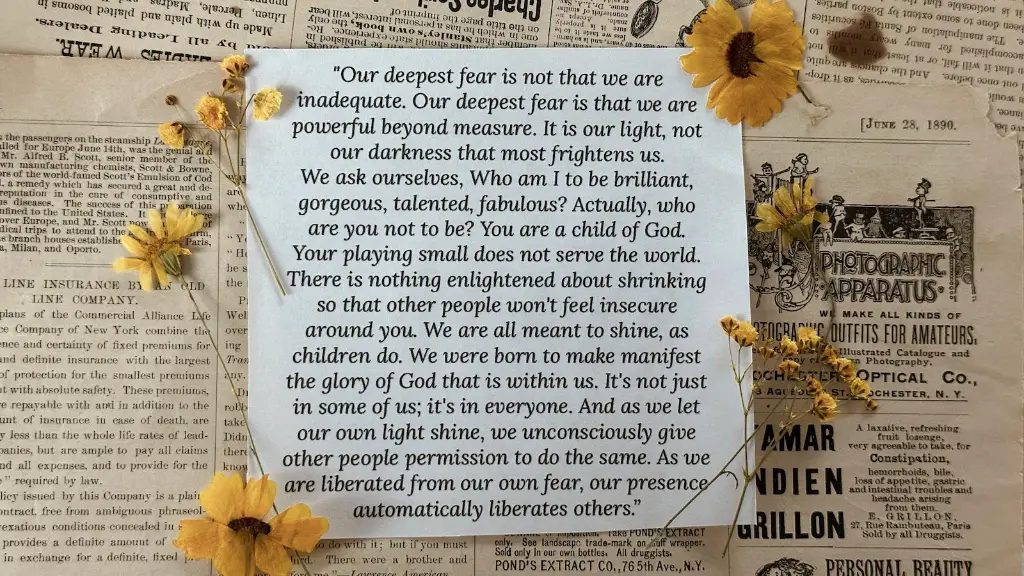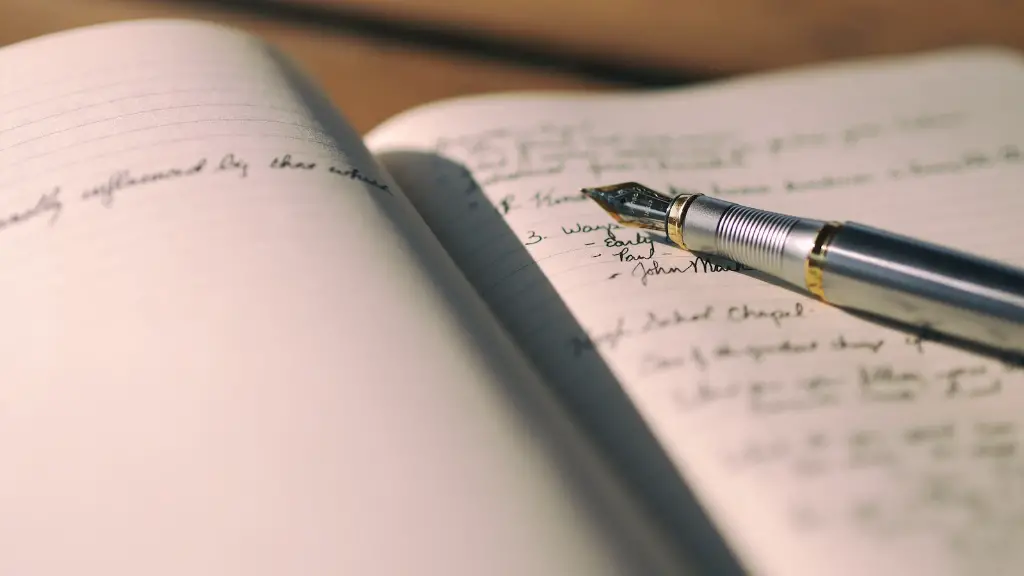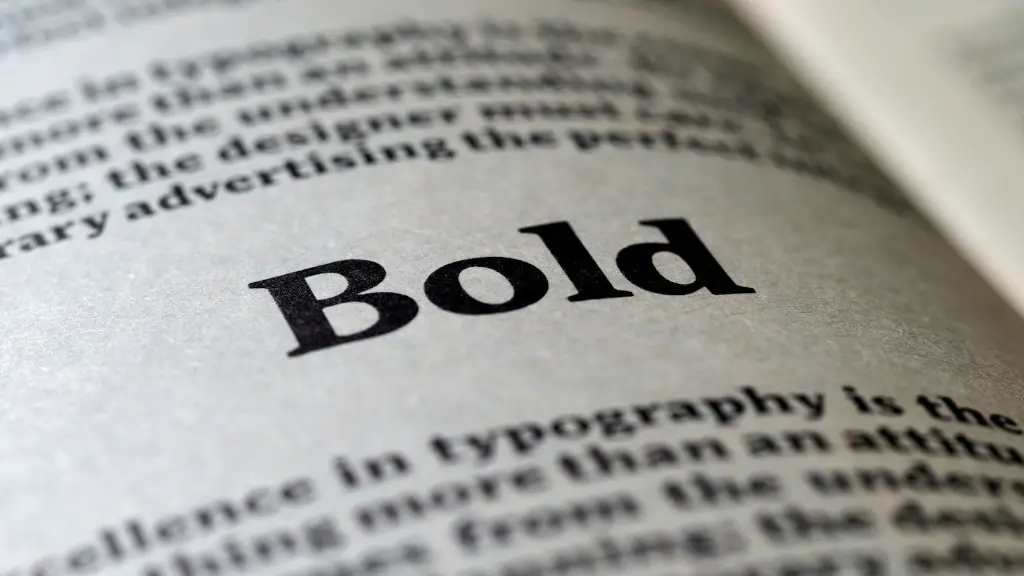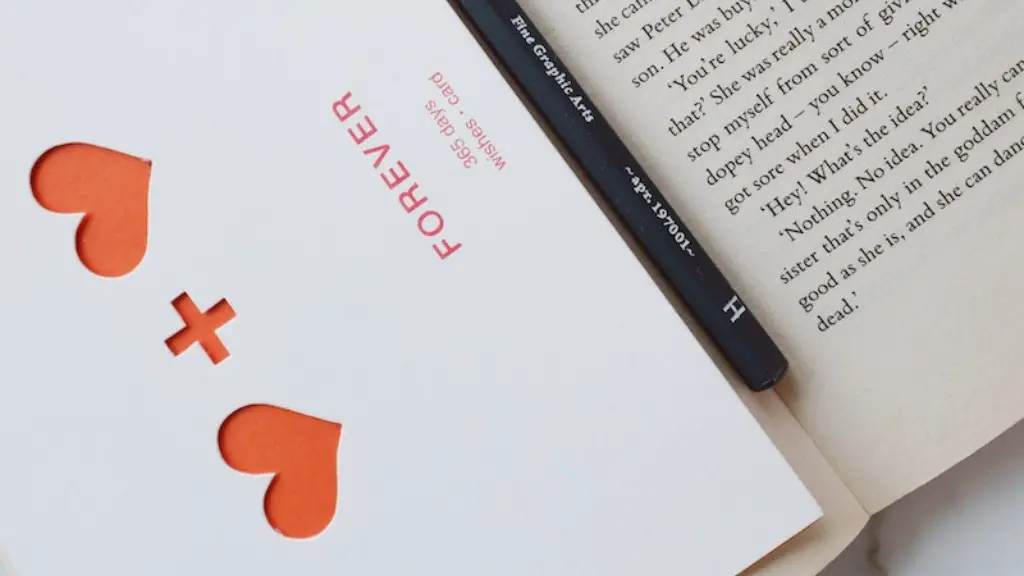What is Feet in Poetry?
Feet is a term used in poetry to refer to a group of two or three syllables that make up what is known as the basic rhythm of a line. It is a term that goes hand in hand with meter, which is the underlying pulse of the poem and can be thought of as musical beats. Feet are also known as syllabic verse, which is any type of poetry composed of structural elements called feet, which are typically organized according to a certain pattern or meter. In some cases, they are also referred to as measures.
Understanding feet in poetry is often seen as a difficult task, and it can certainly be daunting when trying to identify the different types of feet. Each different type of foot has a different sound, depending on the structure of the syllables, and how the words are patterned in order to create a specific rhythm. But, with a little bit of practice and attention, understanding and recognizing these patterns can become easier.
To identify the different types of feet in poetry, it helps to break a poem down into its smallest parts. The smallest part is one foot, which is composed of two syllables, and the largest part is a group of two or three feet. In a poem, it is possible to find multiple different feet, and this is often what makes poetry so interesting.
The most common types of feet are the trochee, anapests, and dactyls, which all have different sounds and different lengths of syllables. A trochee is a poetic foot consisting of a stressed syllable followed by an unstressed syllable; a dactyl is a poetic foot consisting of a stressed syllable followed by two unstressed syllables; and an anapest is a poetic foot consisting of two unstressed syllables followed by a stressed syllable. In addition to these three, there are a few other less common types of feet, such as pyrrhic, amphibrach, and tribrach.
It is important to note that the specific combination of syllables can also create a different type of foot. For example, if a poem has two syllables that are both stressed, this creates what is known as a spondee. Moreover, when combining several feet together, it is also possible to create a variation of the meter, known as a Syllabic Verse.
Feet in poetry is a crucial aspect in determining the overall sound of a poem, and by understanding the different types of feet, one can begin to identify and appreciate the unique qualities of a poem.
Trochee
The trochee is the most common type of foot in poetry. It consists of two syllables, and the first syllable is always stressed. This type of foot emphasizes the power of individual words, often creating a strong and powerful sound. Trochaic poems can also create a sense of urgency or excitement. In addition, trochaic lines feel brisk and active, and can easily draw in a reader.
Due to its first stressed syllable, the trochee has a uniform sound, with a rhythm that is quick and easy to recognize. It also works well in longer lines, as it keeps a strong and steady beat.
An example of a trochaic poem is Robert Frost’s ‘Stopping by Woods on a Snowy Evening’:
Whose woods these are I think I know.
His house is in the village though;
He will not see me stopping here
To watch his woods fill up with snow…
In this poem, each line consists of two trochaic feet, which creates a strong, powerful, and driving rhythm.
Anapest
The anapest is the second most common type of foot in poetry. It typically has three syllables and the last one is always stressed. This type of foot has a slower rhythm than the trochee, which can create a calming effect for the reader. It is often used to tell stories, and can be used to convey a sense of peace and tranquility.
Anapestic poems are also easy to recognize, as they usually have a certain sound of repetition. This type of foot is also often used in longer lines, as the repeating sound helps to carry the poem forward.
An example of an anapestic poem is Alexander Pope’s ‘The Rape of the Lock’:
But trust the Muse—she saw it all below;
The Peer, in purity of heart and grace,
Had long with unremitting pride forbore,
And never mix’d in Sylvia’s am’rous race…
In this poem, each line consists of three anapestic feet, which helps to create a gentle and peaceful rhythm.
Dactyl
The dactyl is the third most common type of foot in poetry. It consists of three syllables, and the first one is always stressed. This type of foot is often used to evoke a sense of excitement or anticipation, as the initial stress helps to emphasize the importance of the words.
Dactylic poems are sometimes difficult to identify, as they often sound like an anapest. However, the rhythm of a dactyl is often longer and more drawn out, with a bit of a bounce. This type of feet is also ideal for longer poems, as the rhythm helps to carry the poem forward.
An example of a dactylic poem is William Wordsworth’s ‘I Wandered Lonely as a Cloud’:
I wandered lonely as a cloud
That floats on high o’er vales and hills,
When all at once I saw a crowd,
A host, of golden daffodils…
In this poem, each line consists of a dactyl, which helps to create an exciting and anticipatory rhythm.
Pyrrhic
The pyrrhic is the least common type of foot in poetry. It consists of two syllables, and both of them are unstressed. This type of foot is often used to evoke a sense of calmness and comfort, as the lack of stress can be seen as a form of relaxation.
Pyrrhic poems often sound gentle and lyrical, as the unstressed syllables create a softer sound. This type of foot is often used in shorter lines, as the lack of stress prevents them from feeling too overwhelming.
An example of a pyrrhic poem is William Blake’s ‘The Tyger’:
Tyger! Tyger! burning bright
In the forests of the night…
In this poem, each line consists of two pyrrhic feet, which helps to create a gentle and soothing rhythm.
Amphibrach
The amphibrach is a less common type of foot in poetry. It consists of three syllables, and the middle one is always stressed. This type of foot emphasizes the importance of the words, often creating a strong and powerful sound. Amphibrachic poems can also help to evoke a sense of suspense or mystery.
Due to its stressed middle syllable, the amphibrach has a unique sound, with a rhythm that is easily recognizable. It is also often used in longer lines, as it keeps a steady and strong beat.
An example of an amphibrachic poem is Samuel Taylor Coleridge’s ‘The Rime of the Ancient Mariner’:
Water, water, every where,
And all the boards did shrink;
Water, water, every where,
Nor any drop to drink…
In this poem, each line consists of an amphibrach, which helps to create a strong and powerful rhythm.
Tribrach
The tribrach is the least common type of foot in poetry. It consists of three syllables, and all of them are unstressed. This type of foot is often used to evoke a sense of sadness or despair, as the lack of stress can be seen as a form of emptiness or loss.
Tribrachic poems often sound sorrowful and melancholic, as the unstressed syllables help to create a softer and slower sound. This type of foot is also ideal for shorter lines, as the lack of stress prevents them from feeling too overwhelming.
An example of a tribrachic poem is Emily Dickinson’s ‘Because I Could Not Stop For Death’:
He kindly stopped for me—
The carriage held but just ourselves—
And Immortality…
In this poem, each line consists of a tribrach, which helps to create a calming and melancholic rhythm.
